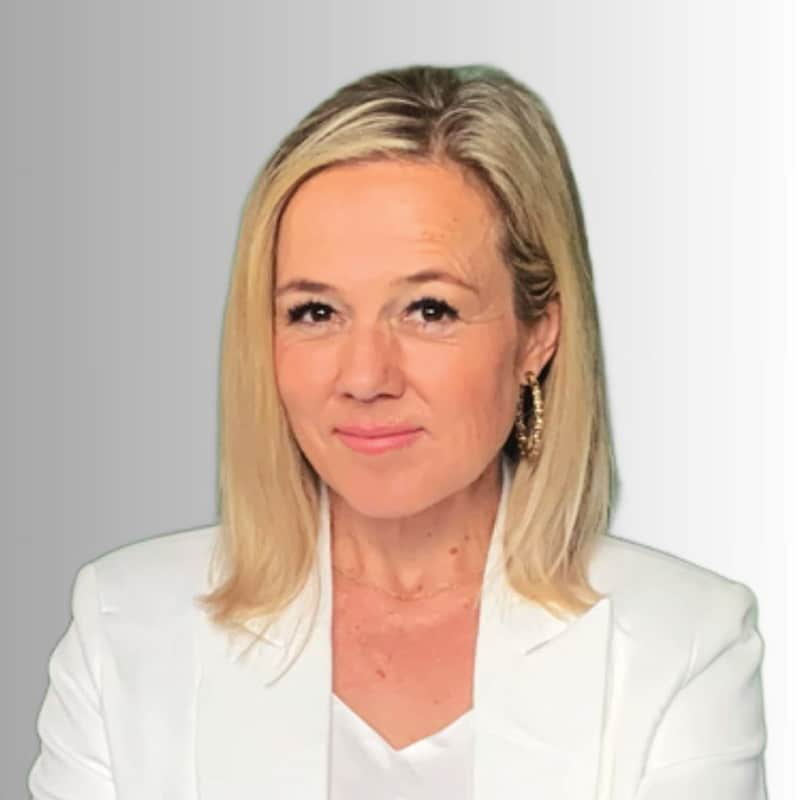
Heather Staker
Adjunct Fellow, Education
Profile
In physical schools around the world, students can be seen clicking through an online tutorial, practicing a skill using an app, or viewing an online lecture. These examples are versions of what the education sector has termed “blended learning.” All forms of K‒12 blended learning have fascinated me since the start of my work with the Christensen Institute in 2010. Currently, my focus is on developing a workforce of adults with the competencies that they need to be successful as 21st-century guides in Flex models of blended learning. Flex models are arising as Disruptive Innovations relative to conventional classrooms. They offer flexibility, self-directed learning, and a viable way to give each student an individual coach. My research at the moment focuses on advancing this specific innovation.
As a student at Harvard Business School, I met Clayton Christensen when he called me into his office in the faculty building and asked me to serve on a public relations committee for the opening of the LDS Boston Temple. A few years later, I met Michael Horn in a small, bare-boned office, where he was deep in typing the first draft of the soon-to-be-bestselling book, Disrupting Class. Michael hired me to join the think tank that Clay, Jason Hwang, and he were building, the Innosight Institute. I remember thinking, “Really–online learning is the big ah-ha for education?!” But as I immersed myself in Clay’s theories and visited online and blended programs around the world, I developed the conviction that I have today: Namely, our world is lucky beyond measure that a Disruptive Innovation has emerged that has the power, if blended thoughtfully into nurturing communities, to liberate children to a new level of human flourishing.
I have seen the Institute through many phases, including its name change to the Christensen Institute, its leadership change as Ann Christensen became its president, and its growth from five people to dozens. My role has evolved as well, with seasons of full-time contribution and seasons of adjunct affiliation to explore implementation projects. Throughout these seasons, I have found no other organization with more true and right things to say about how to bring about the fundamental innovations that we need to improve the human condition. Clay’s theories are a north star. Once you see their usefulness, you cannot unsee.
Experience
- Adjunct Fellow, Education, the Christensen Institute
- President, 21st-Century Guide School
- Founder, Ready to Blend
- Associate, McKinsey & Company
- Teaching Fellow, Harvard College
- Student Member, California State Board of Education
- Harvard University, BA in Government
- Harvard Business School, MBA

